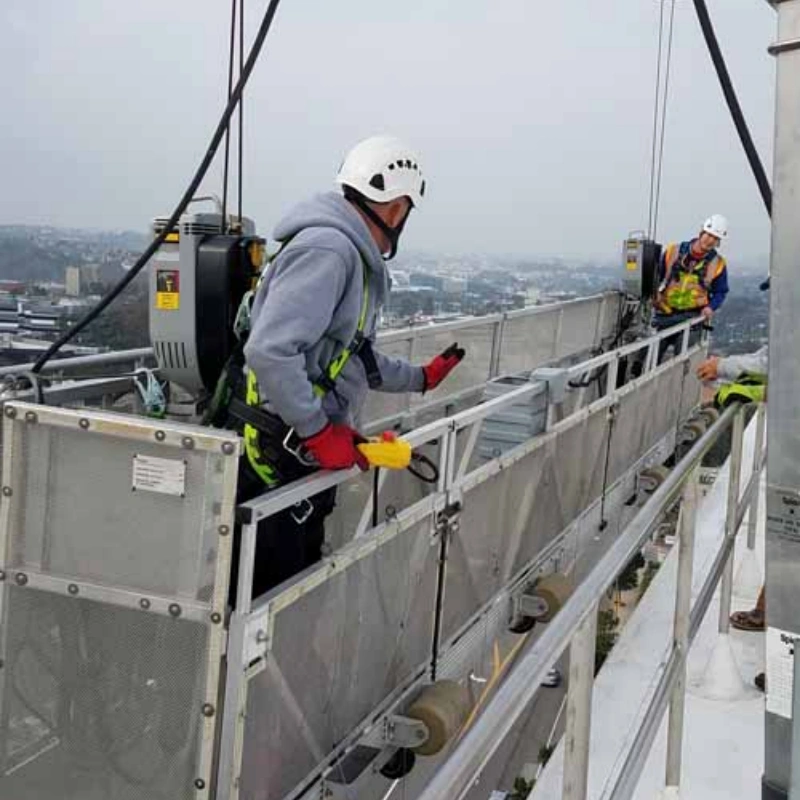
Safe Use and Operation of Suspended Working Platform Guide
Ensure suspended platform safety with guidelines on inspection, operator training, fall protection, load limits, and emergency procedures for safe high-rise work.
Welcome to the Powerful Machinery resource center. Here, our experts share deep insights into the science of lifting, rigging, and mooring. Explore technical guides on everything from wire ropes to anchor chains and hardware, helping you engineer safer, more reliable solutions.

Ensure suspended platform safety with guidelines on inspection, operator training, fall protection, load limits, and emergency procedures for safe high-rise work.
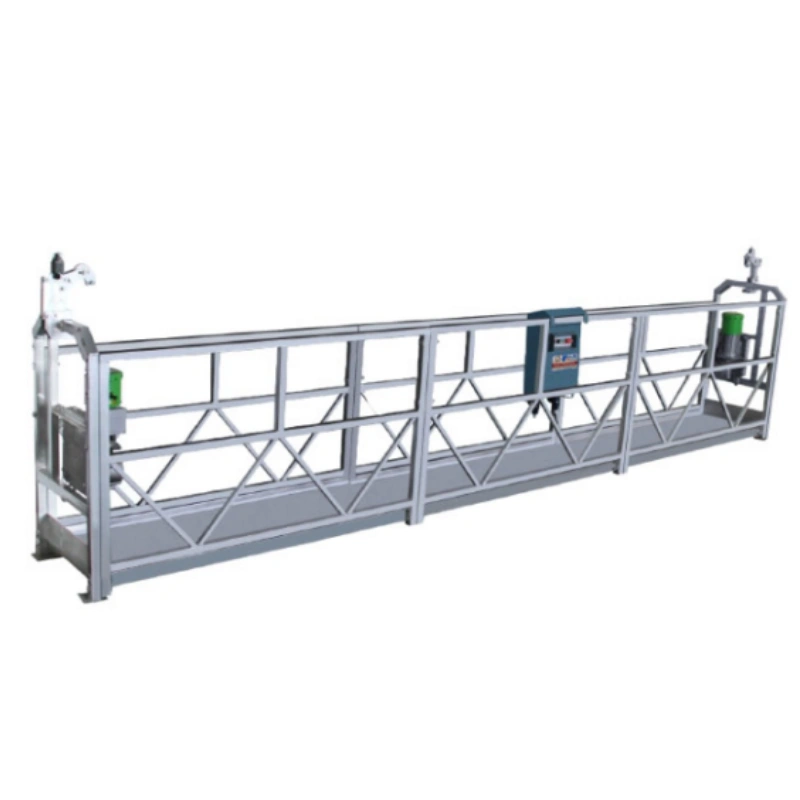
A suspended platform is a safe, flexible work system for high-rise projects. Compare types, uses, and benefits to choose the best suspended platform for your needs.
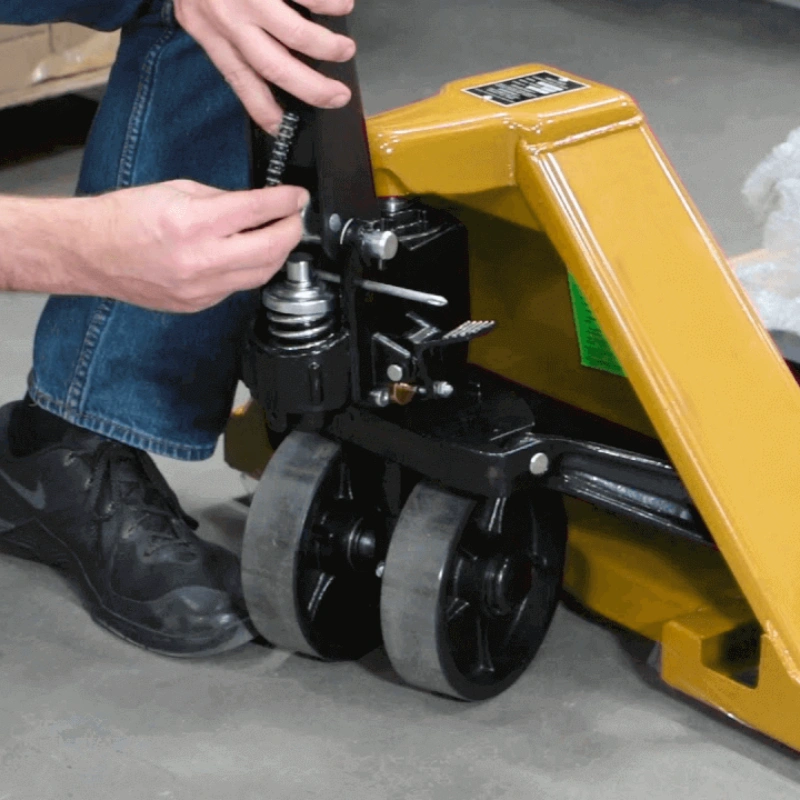
Hand pallet truck repair guide covering diagnosis, step-by-step repairs, cost-saving options, preventive maintenance, and safety best practices.
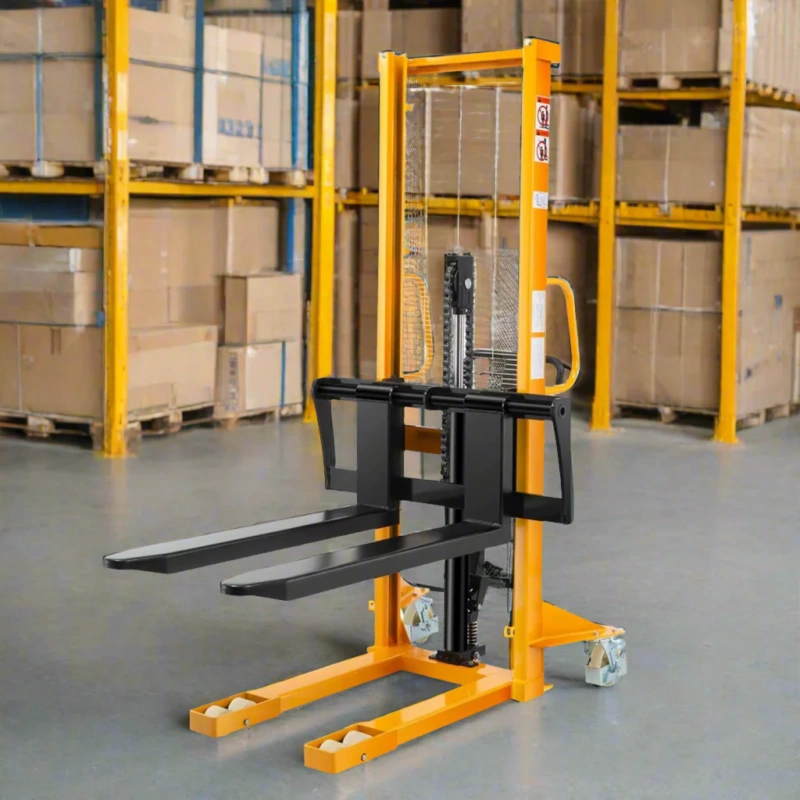
Hydraulic pallet stackers and trucks lift, move, and stack pallets safely. Compare types, features, and tips to choose the best stacker for your needs.
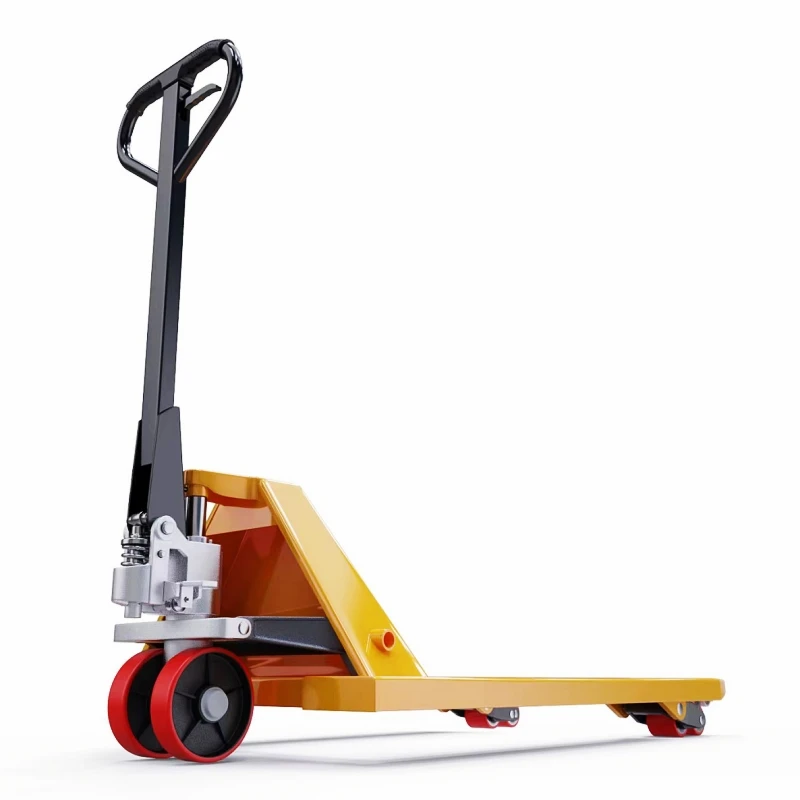
Compare leading hand pallet truck manufacturers worldwide for reliability, safety, and global support to find the best fit for your warehouse needs.

Understand pallet truck weight ranges and how to choose the right type for your workplace based on load, floor, and operational requirements.
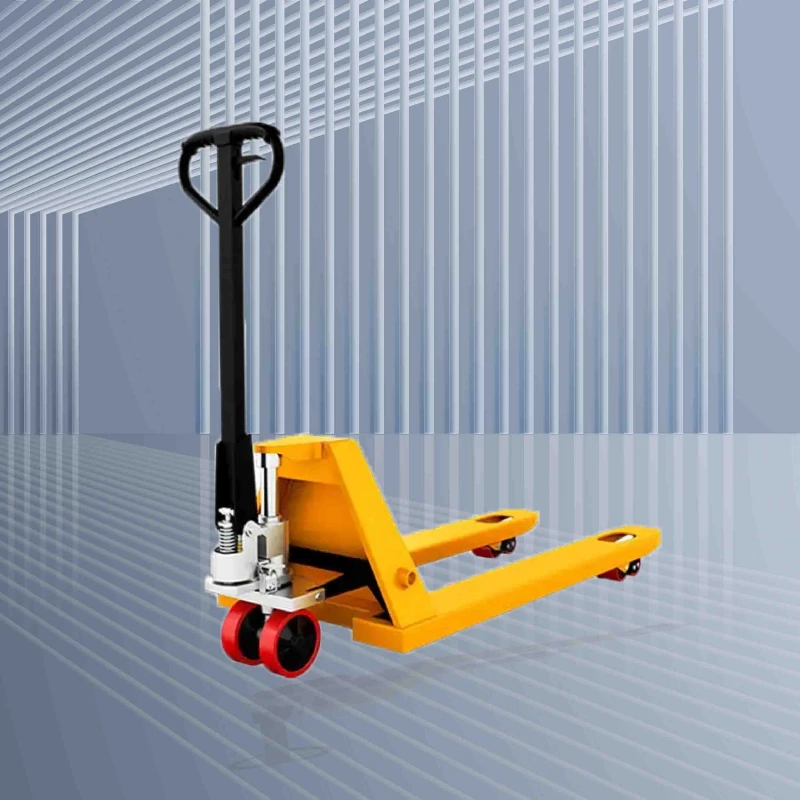
Manual pallet jack operation in warehouses requires pre-use checks, safe loading, and proper movement to prevent injuries and ensure efficient workflow.

Ensure workplace safety and compliance with this pallet truck inspection checklist. Follow daily steps to keep your equipment reliable and accident-free.
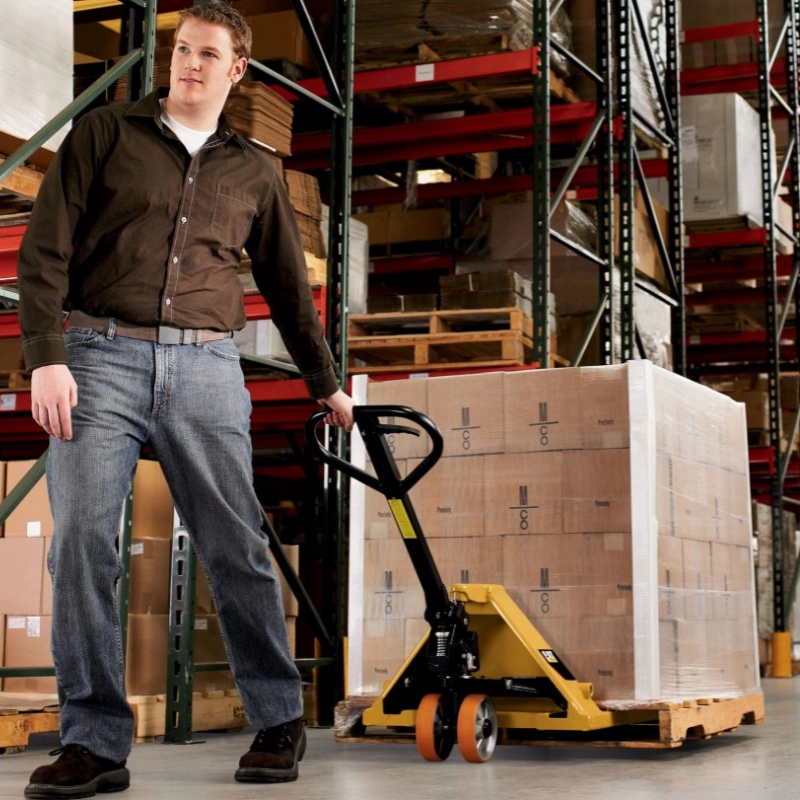
Hand pallet truck overview: structure, operation, types, benefits, ergonomic design, weighing tech, maintenance, and safety for efficient material handling.
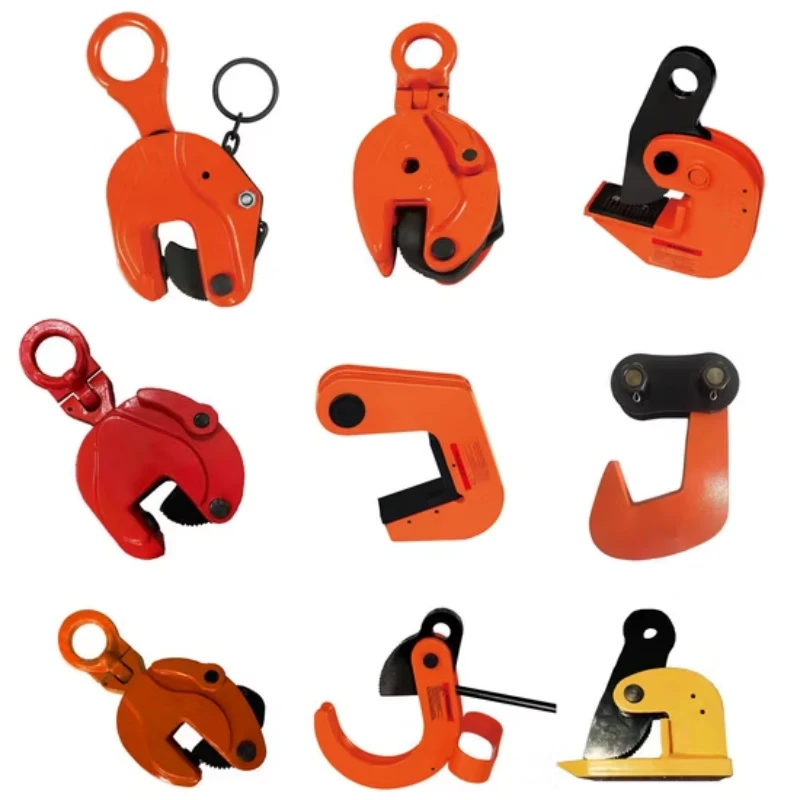
See which Lifting Clamps Manufacturers lead in 2025 for safety, innovation, and global support. Compare top brands to choose the best for your lifting needs.
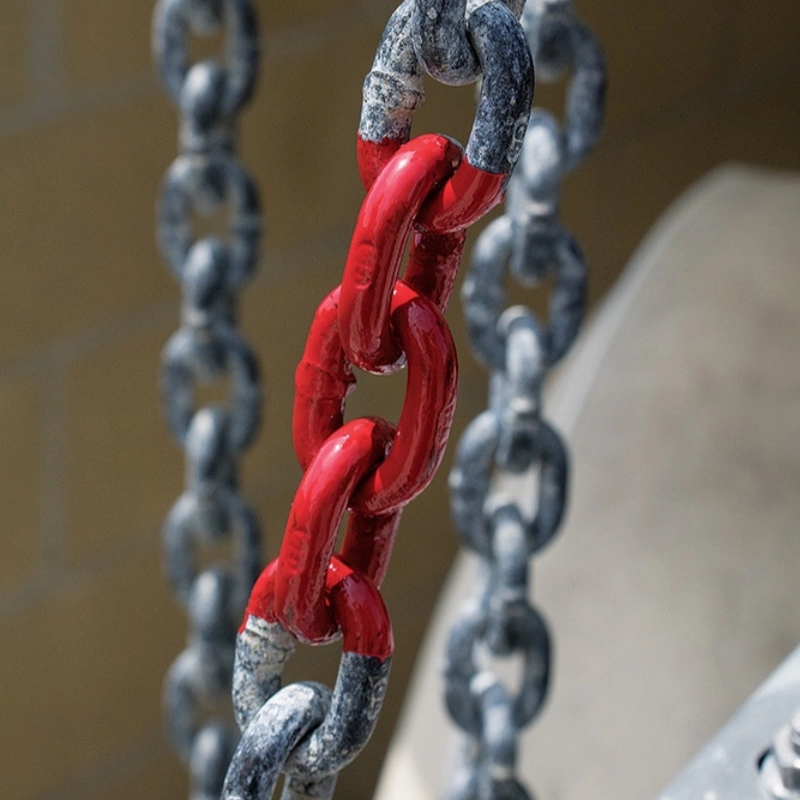
Mark anchor chain for easy depth reading using color-coded markers at set intervals. Anchor chain marking ensures safe, accurate, and efficient anchoring.
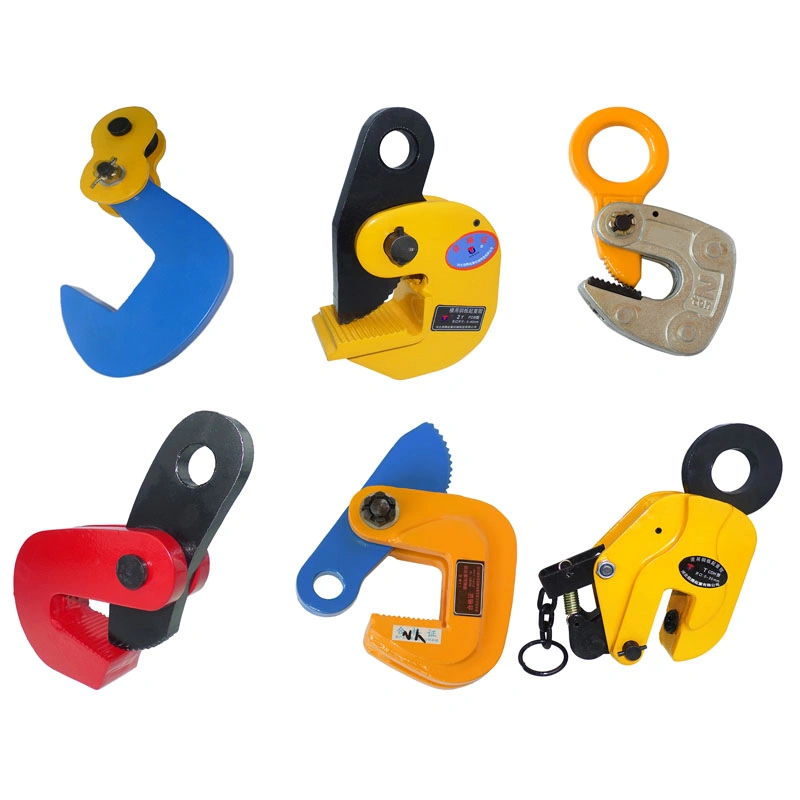
Types of lifting clamps, their uses, selection criteria, and safety tips for professionals. Choose the right lifting clamp for your industrial application.
After downloading the product catalogue, our dedicated technical experts will provide you with one-on-one service.